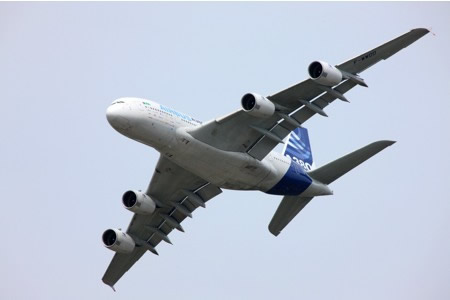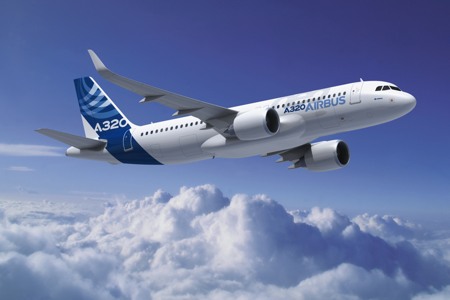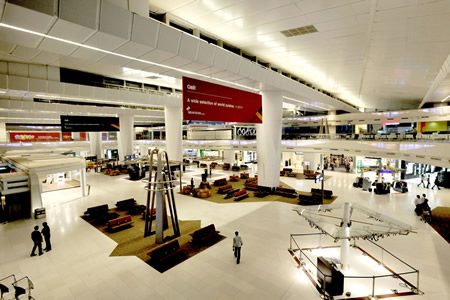« UN Security Council Hosts Informal Exchange with Youth on Peace and Security | Main | IBM Reveals Five Innovations That Will Change Our Lives in the Next Five Years »
December 28, 2010
Airbus foresees demand for nearly 26,000 aircraft in the next 20 years

Photo: Lufthansa crew members commemorate the formal handover of the German national airline’s first A380.
According to Airbus’ Global Market Forecast (GMF), almost 26,000 new passenger and freighter aircraft valued at US$3.2 trillion will be needed between 2010 and 2029, to satisfy demand. This demand is primarily driven by replacement of aircraft for newer more eco-efficient models in mature markets, dynamic growth in new emerging markets, low-cost carriers particularly in Asia, further market liberalization and capacity growth on existing routes.
The 2010 GMF forecasts 900 additional new passenger aircraft deliveries over the 2009 GMF reflecting a slightly higher growth rate of 4.8% compared to 4.7% in 2009. These aircraft will mainly be in the single aisle sector in which the A320 Family competes.

Out of the almost 26,000 additional passenger and freighter aircraft needed, around 25,000 will be passenger aircraft valued at over US$2.9 trillion. Of these additional passenger aircraft, 10,000 will replace older less eco-efficient aircraft and some 15,000 will be for growth. Taking into account today’s passenger fleet of over 14,000 aircraft, the world passenger fleet will rise to some 29,000 aircraft by 2029.
“The recovery is stronger than predicted and reinforces both the resilience of the sector to downturns and that people want and need to fly,” says John Leahy, Chief Operating Officer Customers. “The single aisle sector is particularly strong, and our A320 meets this future demand by providing our customers with the latest innovations and technologies whilst maintaining maximum commonality. Our entire product range is very well positioned to meet the economic and environmental needs for sustainable growth for the decades ahead.”

In passenger traffic growth terms, emerging economies are leading the recovery. Domestic Indian traffic growth (9.2%) is the fastest of any major market and the third fastest growth overall, after traffic between the Middle East and South America, and between North Africa and the People’s Republic of China (PRC). Seven out of the top 20 fastest growth flows connect China (PRC) to the rest of the world.

Photo: To meet the demands of the growing aviation market in India, Delhi International Airport Limited (DIAL) is using IBM technology to modernize its infrastructure. Terminal 3 (pictured here) can more effortlessly share and manage information across all of the related airport operations to more efficiently deploy their resources and improve airport services. (Photo Credit: IBM)
“Airlines in Asia Pacific including China and India will carry one third (33%) of the passenger traffic by 2029, making it the largest region, overtaking Europe (25%) and North America (20%),” said Chris Emerson, Head of Airbus Product Strategy and Market Forecast.
Aircraft are getting bigger as airlines capitalise on the benefits of larger aircraft to absorb traffic growth, minimize airport congestion, reduce costs and to increase eco-efficiency.
|GlobalGiants.Com|







Edited & Posted by the Editor | 8:49 AM | Link to this Post








